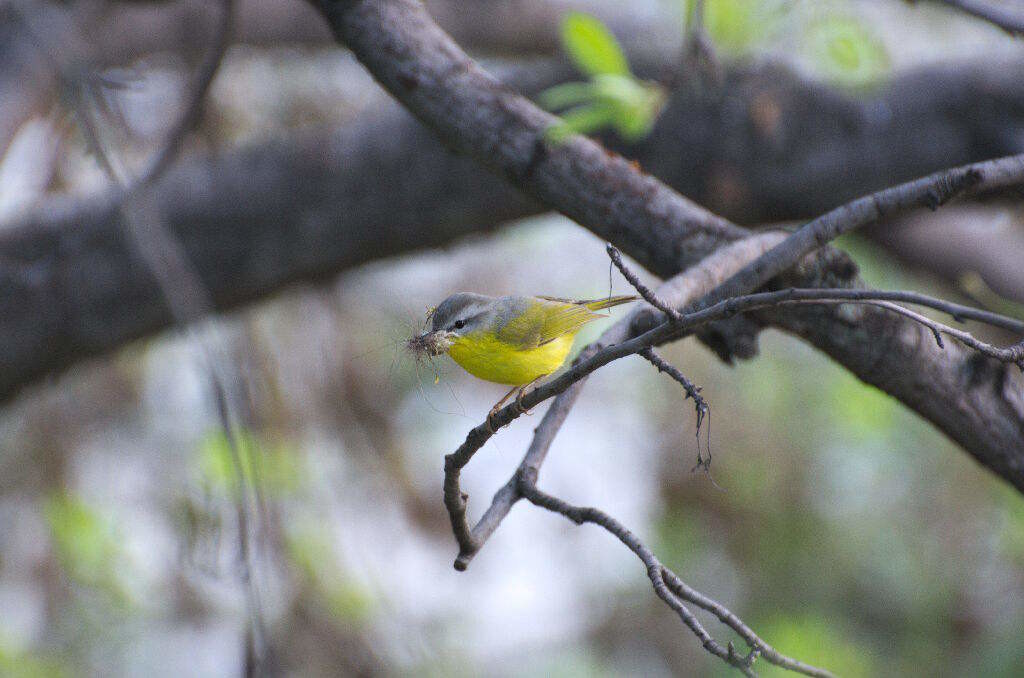
Phylloscopus xanthoschistos (Grey hooded warbler)
The Grey-hooded Warbler (Phylloscopus xanthoschistos) is a small, lively bird frequently spotted in the forested landscapes of the Great Himalayan National Park (GHNP). Known for its soft grey hood, bright yellow underparts, and agile movements, Phylloscopus xanthoschistos adds subtle beauty and vitality to the park’s rich avian community. Observers walking through GHNP’s dense undergrowth often hear the warbler’s sweet, high-pitched song before catching a glimpse of its fluttering form.
Phylloscopus xanthoschistos is a key species for understanding the health of mid-elevation Himalayan forests, where it thrives in dense shrubbery and canopy layers.
Habitat and Distribution in GHNP
In the Great Himalayan National Park, the Grey-hooded Warbler is typically found between 1,500 and 2,800 meters elevation. It prefers moist broadleaf forests, oak-rhododendron zones, and dense understory habitats, where it moves continuously in search of food.
Spring and summer are the most active periods for this species in GHNP, as they breed during these seasons. Nesting close to the ground or in low shrubs, they rely heavily on dense vegetation for both food and protection.
Visitors trekking along forested trails in GHNP may encounter Phylloscopus xanthoschistos in small mixed flocks, especially around areas with thick foliage.
Behavior and Diet
The Grey-hooded Warbler is primarily insectivorous, feeding on small insects, caterpillars, and spiders. It employs an active foraging technique, often flitting through leaves and low branches to glean prey.
Their songs, consisting of thin, melodic notes, play a crucial role in territory marking and mate attraction during the breeding season. Both males and females exhibit similar plumage, making visual identification based largely on behavior and calls.
Conservation Significance
Currently listed as a species of Least Concern, Phylloscopus xanthoschistos nevertheless depends on the preservation of intact forest habitats. GHNP’s protected status ensures that vital breeding and feeding grounds for the Grey-hooded Warbler remain secure.
Ongoing monitoring of bird populations like Phylloscopus xanthoschistos provides valuable insights into the effects of climate change and forest conservation efforts in the western Himalayas.
| Common name | Grey-hooded Warbler |
| Scientific name | Phylloscopus xanthoschistos |
| Family | Phylloscopidae |
| Description | It is 10 cm and a common bird of the valley. It is found at an elevation zone of 1200–2300 m. It prefers forest and orchards and hillside scrub. It is having whitish supercilium, and grey crown with pale central stripe. The underparts are yellow in colour and does not have any bars on wings. |



